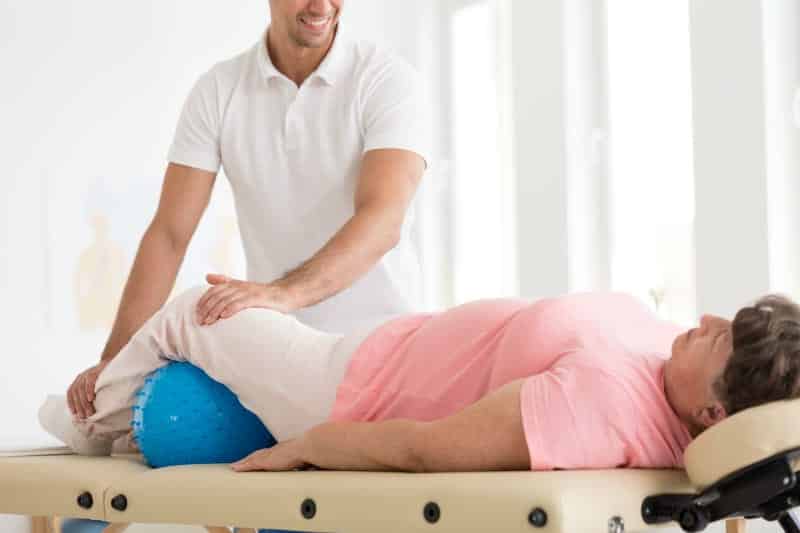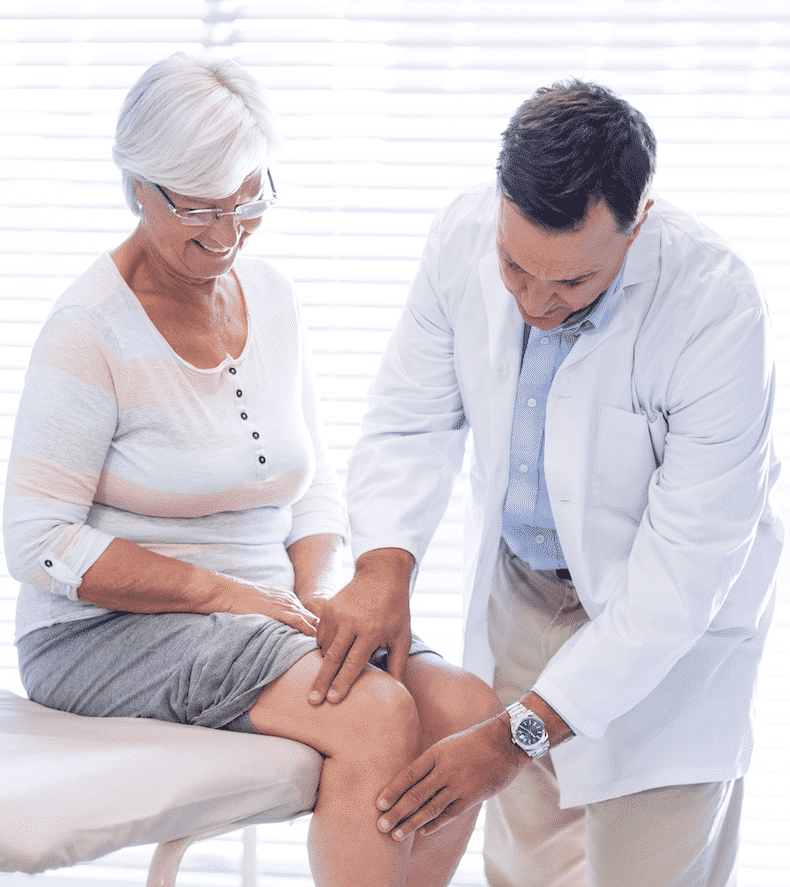Knee Pain
Resources and Information
Knee Pain Symptoms
The location and severity of knee pain may vary, depending on the cause of the problem.
Signs and symptoms that sometimes accompany knee pain include:
Common Knee Injuries and Conditions
Sprains/Tears
Anterior Cruciate Ligament (ACL) Injury
Lateral Collateral Ligament (LCL) Injury
Posterior Cruciate Ligament (PCL) Injury
Medial Collateral Ligament (MCL) Injury
Meniscal Tear
Overuse Injuries
Iliotibial Band Syndrome (ITBS or “IT Band Syndrome”)
Patellofemoral Pain
Knee Bursitis
Quad or Patellar Tendinitis
Fractures
Patellar Fracture
Replacements
Total Knee Replacement (Arthroplasty)
Arthritis
Osteoarthritis of the Knee
Osteochondritis dissecans
How Will My Knee Pain Be Diagnosed?
Your physical therapist will perform an evaluation that will start with discussing your medical history and your symptoms. Your therapist will ask questions to determine where your pain is located, if you sustained any trauma or injury to the knee, and what functional daily activities are painful or difficult for you to perform.

How Can Physical Therapy Help Me?

Pain management
Your physical therapist may provide treatments using different “modalities” such as ice, heat, ultrasound, or electrical stimulation to help decrease pain and swelling.
Manual therapy
Your therapist will apply manual (hands-on) therapy to gently guide movement of the knee area to restore joint and tissue mobility.
Therapeutic exercises
Your physical therapist will prescribe specific strengthening, flexibility, and endurance exercises to address your specific needs and goals.
Functional exercises
You will learn individualized exercises designed to help you return to your home, work, and sport activities. These also may include balance and coordination exercises.
Self-care instruction
Your physical therapist will teach you ways to manage your pain at home, and design a safe and effective home-exercise program based on your specific condition, which you can continue long after your formal physical therapy sessions have ended. You also will learn how to avoid placing unnecessary forces on the knee during your daily activities for years to come.
